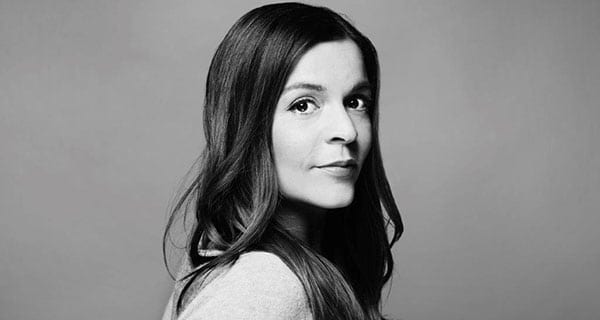Troy Media interview with Alyson Gausby, head of research at Twitter Canada.

Alyson Gausby. head of research at Twitter Canada
Troy Media: Has social media use reached a saturation point?
Gausby: Like a Twitter feed, the social media space never stands still for long because both technology and consumer behaviour are always evolving. If I think back to where the company was when I started here a couple of years ago, there’s been a fundamental shift in the way we think and talk about Twitter. Back then we were considered the megaphone of social media, but we’ve done a lot of research since to understand how and why people use Twitter.
Overwhelmingly, we see that people come to Twitter to discover what’s happening – with whatever they’re interested in, whether that’s Westworld, the World Cup, or the G7. Many share their views, but lots of others come to find and consume content.
The research doesn’t stop there, though. We’re constantly evaluating the user experience and rolling out changes to help consumers more easily find what they’re looking for, with enhancements like the explorer tab, Moments, more live content and even our increased character count.
TM: Where do you see Twitter’s potential for growth in the future?
Gausby: We’ve seen steady growth in daily users since Q1 2016 and according to comScore, we now reach over half the online population in Canada (15.7 million visitors in the month of April). So more people are coming to Twitter and we’re also seeing Canadians coming more often because they want to see what’s happening right now.
We’re also seeing huge growth in video on Twitter and expect to see that trend continue as we bring even more live content to the platform. In the last couple of weeks, for example, we’ve announced a number of great new broadcaster partnerships, including Corus, Bell, Rogers, BetaKit and BuzzFeed.
TM: In your opinion, are Canadian businesses and organizations using Twitter’s reach to their full potential?
Gausby: We’ve seen many award-winning activations on the Twitter and the average campaign drives lift across brand metrics (from awareness through intent). If we look at our most successful campaigns, they tend to centre around three themes: launching new products, connecting with consumers on shared interests/passions/causes and promoting brand stories.
One of the biggest opportunities I see is better design and optimization for the Twitter feed. The fast-paced experience on a hand-held device is very different from sitting in front of the TV and brands need to plan for that. My team has done extensive research to create best-practice guidelines to help brands get the most out of their campaigns – things like early branding, optimal logo placement, how to optimize for sound off, etc.
TM: How can businesses and organizations use Twitter more effectively to grow their visibility?
Gausby: Brands are the top type of account Canadians follow on Twitter and we know from our research that people on Twitter actually pay as much attention to branded content as they do to the rest of the content in their feeds. We also know from some new research we just released that we see the greatest lift to brand metrics when brands use multiple creatives in multiple formats. For example, we recommend the use of a variety of cuts for a video ad across different Twitter products to keep people interested.
We’ve also done lots of testing to understand what products work best for what goals, helping our clients understand how to use each for what it does best. For example, First Views (our version of a takeover) tend to drive the highest lift to recall and awareness, while more engagement or action-focused tools (like conversational ads or website cards) tend to be better at driving lower funnel metrics.
TM: What impact has increasing the number of characters in a tweet had on the use of Twitter?
Gausby: There has certainly been some great, creative use of the additional characters, and it’s made it easier to communicate more information. That said, for brands, less is still more. Tweets perform best when messaging is concise and clear. As a guideline, on average, we see the best brand impact for tweet copy using 12 words or less.
– Mario Toneguzzi for © Troy Media
The views, opinions and positions expressed by columnists and contributors are the author’s alone. They do not inherently or expressly reflect the views, opinions and/or positions of our publication.

